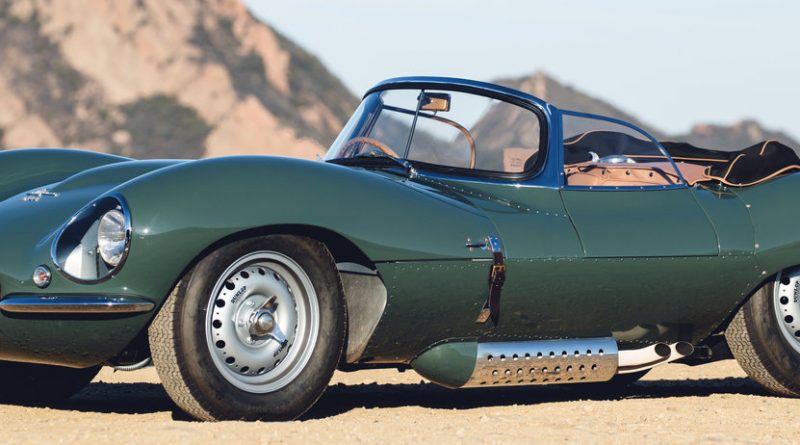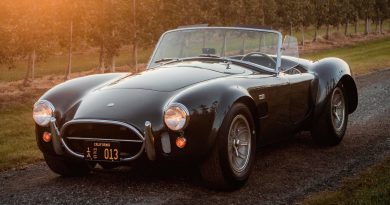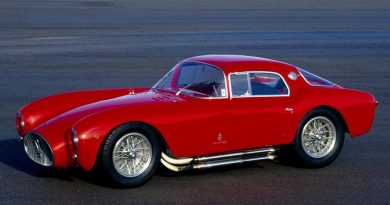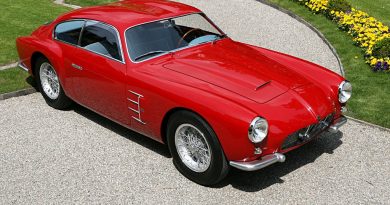1956 Jaguar XKSS
The Jaguar XKSS is a road-going version of the Jaguar D-Type racing car, initially built in 1957. Only 16 were built and sold at the time. Nine were destroyed in a factory fire in 1957. In 2016 Jaguar announced that a small production run of nine “continuation” XKSS reproductions would be hand-built to the original specifications to complete the originally scheduled run of 25.
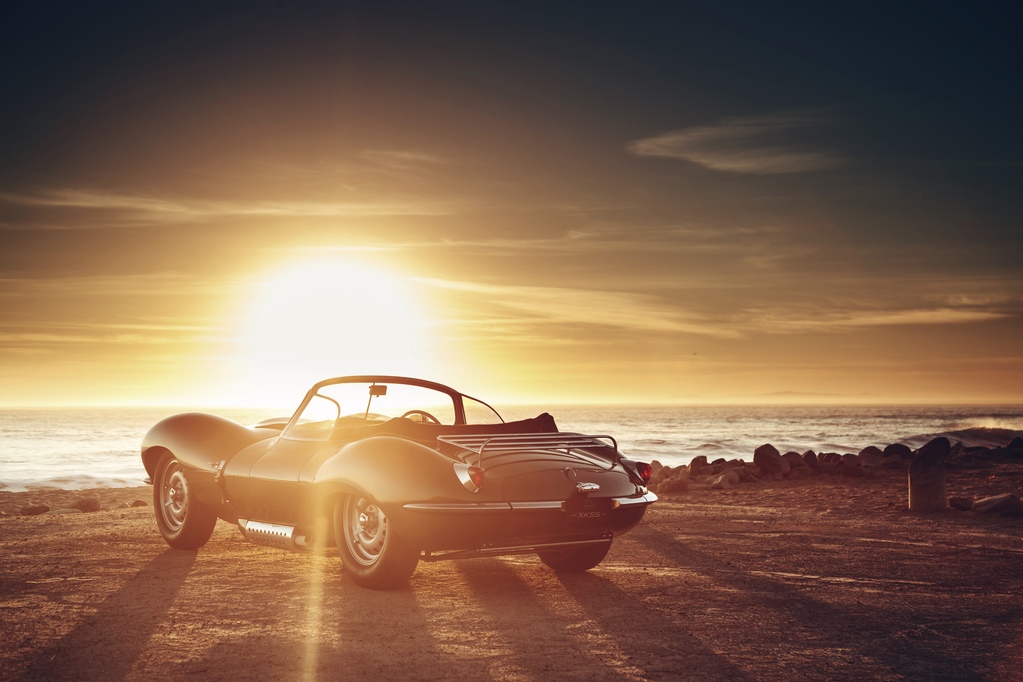
The American actor Steve McQueen owned a Jaguar XKSS for personal use, painted British racing green. He referred to the car as the “Green Rat”. In 2010 and 2011 it toured the United States as part of the “Allure of the Automobile” exhibit. Steve McQueen’s XKSS is currently on display in Los Angeles, California at the Petersen Automotive Museum.
Another XKSS, along with a D-type and C-type, formed the pinnacle of the James Hull collection, a collection of 450 British cars sold for an estimated £100 million in 2014. Other XKSS include XKSS 722 at the Louwman Museum in The Hague.

The stunning XKSS, finished in Sherwood Green paint, has been created by the Jaguar Classic engineering team ahead of the production of nine cars for delivery to customers across the globe in 2017.
Often referred to as the world’s first supercar, the XKSS was originally made by Jaguar as a road-going conversion of the Le Mans-winning D-type, which was built from 1954-1956. In 1957, nine cars earmarked for export to North America were lost in a fire at Jaguar’s Browns Lane factory in the British Midlands; meaning just 16 examples of XKSS were built.
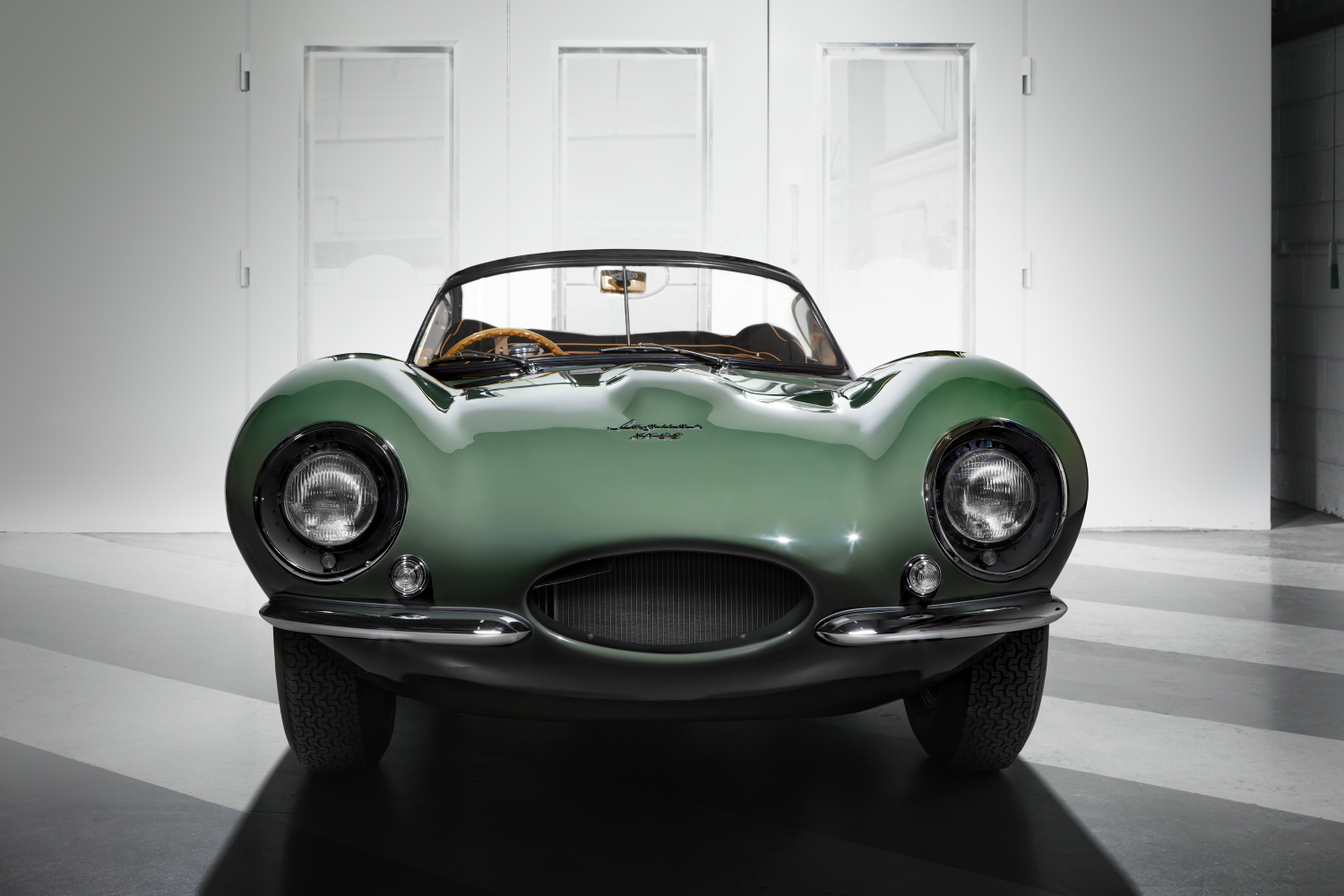
Earlier this year Jaguar announced that its Classic division would build the nine ‘lost’ XKSS sports cars for a select group of established collectors and customers. The new one-off XKSS presented in Los Angeles is the summation of 18 months of research and will be used as a blueprint from which the nine continuation cars are built.
The nine cars will be completely new, with period chassis numbers from the XKSS chassis log. All cars are now sold at a price in excess of £1million each.

The XKSS is the second continuation car to be created by Jaguar, following on from the six Lightweight E-types that were built in 2014. This project helped the team learn to engineer cars that are faithful to the specifications to which they were built in period, and this knowledge has been enhanced in creating the ‘new original’ XKSS.
The XKSS unveiled in Los Angeles is a period correct continuation, built using a combination of original drawings from Jaguar’s archive and modern technology. The Jaguar Classic engineering team scanned several versions of the 1957 XKSS to help build a complete digital image of the car, from the body to chassis, and including all parts required.
The body of the XKSS is made from magnesium alloy, as it was in 1957, and because the original styling bucks do not exist, Jaguar Classic produced a new, bespoke styling buck based on the original bodies from the 1950s. The bodies of the nine new cars will be formed on this buck, using a traditional process called hand-wheeling.
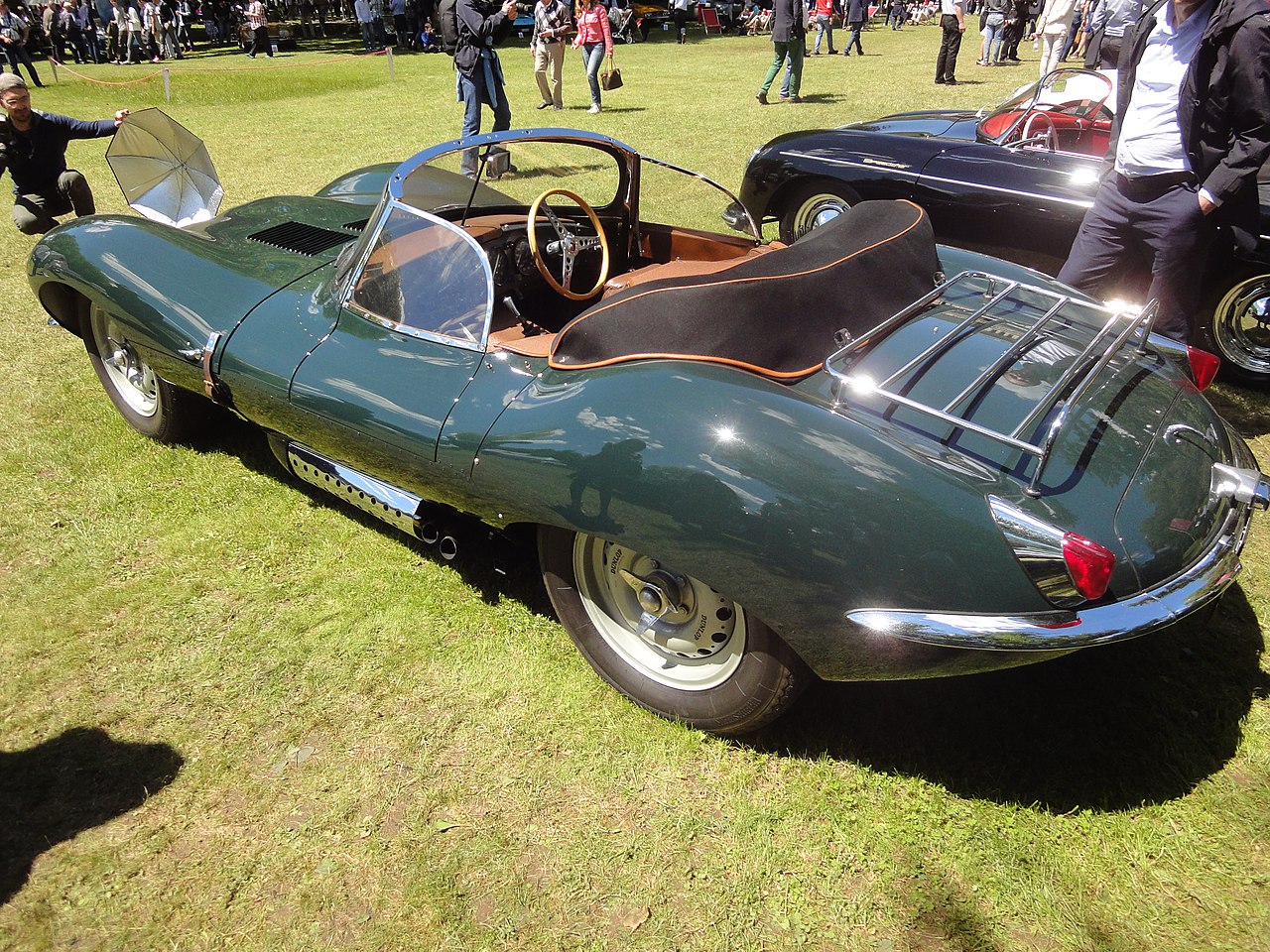
The XKSS is one of the most important cars in Jaguar’s history, and we are committed to making the ‘new original’ version absolutely faithful to the period car in every way.
From the number, type and position of all the rivets used – there are more than 2,000 in total – to the Smiths gauges on the dashboard, everything is the same as the original cars, be-cause that is the way it should be.

“The XKSS continuation programme underlines the world-class expertise we have at Jaguar Land Rover Classic. We are committed to nurturing the passion and enthusiasm for Jaguar’s illustrious past by offering exceptional cars, services, parts and experiences.
Jaguar Land Rover Classic is perfectly positioned to cater for this growing love for classics, with a new £7.5m global headquarters set to open in Coventry in 2017. We are looking for-ward to growing this business, supporting our existing customers and engaging with a whole new generation of global enthusiasts.” Tim Hannig, Director of Jaguar Land Rover Classic.

